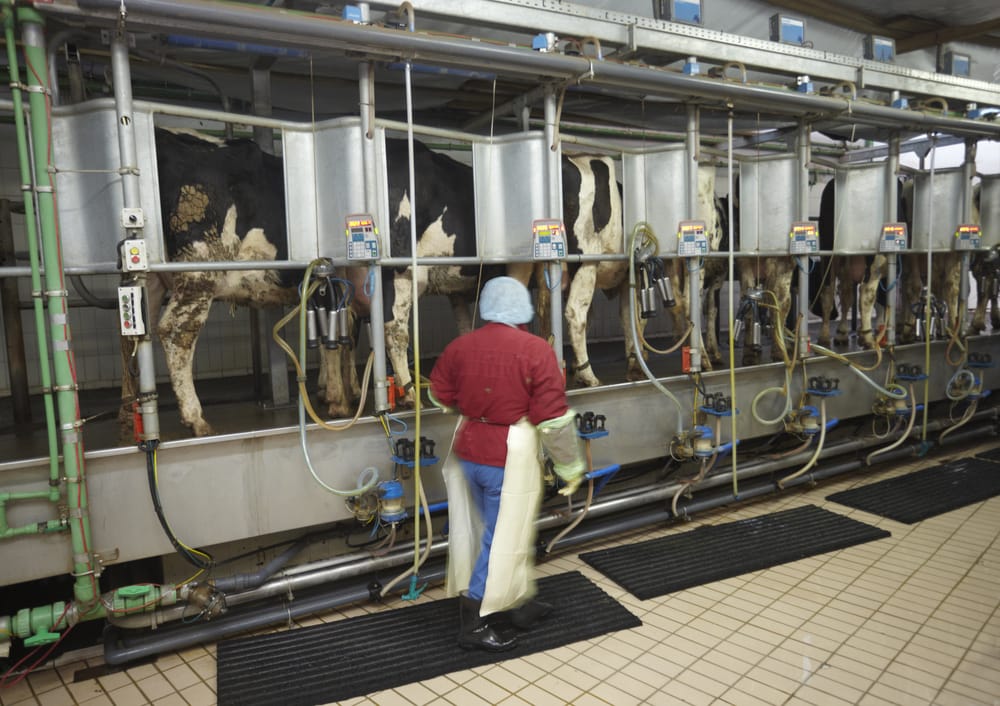Average Price: Carrots, Short Trimmed and Topped (Cost per Pound/453.6 Grams) in the Northeast Census Region - Urban
This dataset tracks average price: carrots, short trimmed and topped (cost per pound/453.6 grams) in the northeast census region - urban over time.
Latest Value
0.58
Year-over-Year Change
0.17%
Date Range
1/1/1980 - 10/1/1996
Summary
This economic trend measures the average price of short trimmed and topped carrots per pound in the Northeast Census Region's urban areas. It provides insights into consumer price dynamics and regional market conditions for this common vegetable.
Analysis & Context
This economic indicator provides valuable insights into current market conditions and economic trends. The data is updated regularly by the Federal Reserve and represents one of the most reliable sources for economic analysis.
Understanding this metric helps economists, policymakers, and investors make informed decisions about economic conditions and future trends. The interactive chart above allows you to explore historical patterns and identify key trends over time.
About This Dataset
The Average Price: Carrots, Short Trimmed and Topped (Cost per Pound/453.6 Grams) in the Northeast Census Region - Urban is a key indicator tracked by economists and policymakers to understand food price trends and consumer purchasing power in the Northeastern United States.
Methodology
The data is collected through surveys of retailers and producers by the U.S. Bureau of Labor Statistics.
Historical Context
This series informs analyses of regional food inflation, consumer spending, and agricultural market conditions.
Key Facts
- Carrots are a common, affordable vegetable consumed across the U.S.
- The Northeast region includes 9 states and accounts for about 18% of the U.S. population.
- Tracking carrot prices can provide insights into broader agricultural and food supply chain dynamics.
FAQs
Q: What does this economic trend measure?
A: This trend measures the average retail price per pound of short trimmed and topped carrots in urban areas of the Northeastern United States.
Q: Why is this trend relevant for users or analysts?
A: This data provides insights into regional food price inflation, consumer purchasing power, and agricultural market conditions in a key U.S. geographic region.
Q: How is this data collected or calculated?
A: The data is collected through surveys of retailers and producers by the U.S. Bureau of Labor Statistics.
Q: How is this trend used in economic policy?
A: Policymakers and economists use this series to monitor regional consumer price dynamics and inform decisions around issues like food security, social welfare programs, and agricultural policy.
Q: Are there update delays or limitations?
A: This series is published monthly with a typical 1-2 month delay, and may not capture all pricing variations across individual retailers or local markets.
Related News

U.S. Home Sales Decline In August Due To High Prices
August 2023 U.S. Home Sales Decline Amid Rising Mortgage Rates and High Prices In August 2023, U.S. home sales experienced a notable decline, highlighting a distressing trend in the housing market. Homeownership is more costly these days. High home prices and soaring 30 year mortgage rates, combined with limited housing inventory, pose significant challenges for potential buyers and cast a shadow on economic recovery efforts. Many potential homebuyers find themselves increasingly priced out of

U.S. Natural Gas Storage Increases Due to Market Dynamics
Navigating Market Volatility: U.S. Natural Gas Storage Strategies and Trends Understanding the dynamics of the U.S. natural gas storage sector is crucial as it plays a central role in shaping the energy market. The storage of natural gas is not just about logistics; it represents a strategic resource ensuring energy availability and stability in times of fluctuating supply and demand. Market volatility affects the price and availability of natural gas, and by extension, decisions regarding its

U.S. Stocks Hit Records; Gold Surges, Bitcoin Declines
U.S. Stock Market Soars Amid Treasury Yield Concerns Despite ongoing global uncertainties, the U.S. stock market has defied expectations, setting unprecedented records this year. The surge of the stock indices reflects the market's buoyancy despite economic fluctuations. Major indicators like the Dow Jones, S&P 500, and Nasdaq have all reached new highs, signifying the resilience of equities in the current financial landscape. Meanwhile, gold prices have surged, reinforcing its status as a safe

Yield curve steepening benefits US value and small-cap stocks
The Steepening Yield Curve in Today's Economy The recent rise in the 10-year U.S. Treasury bond yield sparks renewed interest in its impact on the financial markets. A steepening yield curve, where the gap between short-term and long-term interest rates widens, is grabbing investors' attention. While it usually suggests a positive outlook for economic growth, the implications for different segments of the stock market, such as value and small-cap stocks, can be significant. This shift in the yi

US economic growth slows amid rising inflation concerns
US Economic Growth Slows Amid Inflation and Rising Interest Rates The US economy, a crucial indicator of its global standing, is facing a slow growth trajectory. Recent data suggest that inflationary pressures and rising interest rates are the chief culprits in this deceleration. With the Consumer Price Index reflecting heightened inflation and the Federal Reserve adjusting interest rates, the interplay of these factors raises significant concerns for economic stability. These developments furt

U.S. Natural Gas Prices Rise Due to Warmer Weather Forecasts
U.S. Natural Gas Prices Surge: Economic and Weather Patterns at Play The current surge in U.S. natural gas prices is reshaping the energy market landscape. Recent weather forecasts, combined with robust economic patterns, are pushing these prices skyward, affecting individuals and industries alike. This uptrend intertwines with broader energy market dynamics, such as climate patterns and economic impacts. Understanding these interconnected factors helps explain the increasingly volatile natural
Similar APU Trends
Average Price: All Ham (Excluding Canned Ham and Luncheon Slices) (Cost per Pound/453.6 Grams) in the Midwest Census Region - Urban
APU0200FD2101
Average Price: All Ham (Excluding Canned Ham and Luncheon Slices) (Cost per Pound/453.6 Grams) in the Northeast Census Region - Urban
APU0100FD2101
Average Price: All Ham (Excluding Canned Ham and Luncheon Slices) (Cost per Pound/453.6 Grams) in the West Census Region - Urban
APU0400FD2101
Average Price: All Ham (Excluding Canned Ham and Luncheon Slices) (Cost per Pound/453.6 Grams) in U.S. City Average
APU0000FD2101
Average Price: All Other Pork (Excluding Canned Ham and Luncheon Slices) (Cost per Pound/453.6 Grams) in the South Census Region - Urban
APU0300FD4101
Average Price: All Other Pork (Excluding Canned Ham and Luncheon Slices) (Cost per Pound/453.6 Grams) in U.S. City Average
APU0000FD4101
Citation
U.S. Federal Reserve, Average Price: Carrots, Short Trimmed and Topped (Cost per Pound/453.6 Grams) in the Northeast Census Region - Urban (APU0100712403), retrieved from FRED.